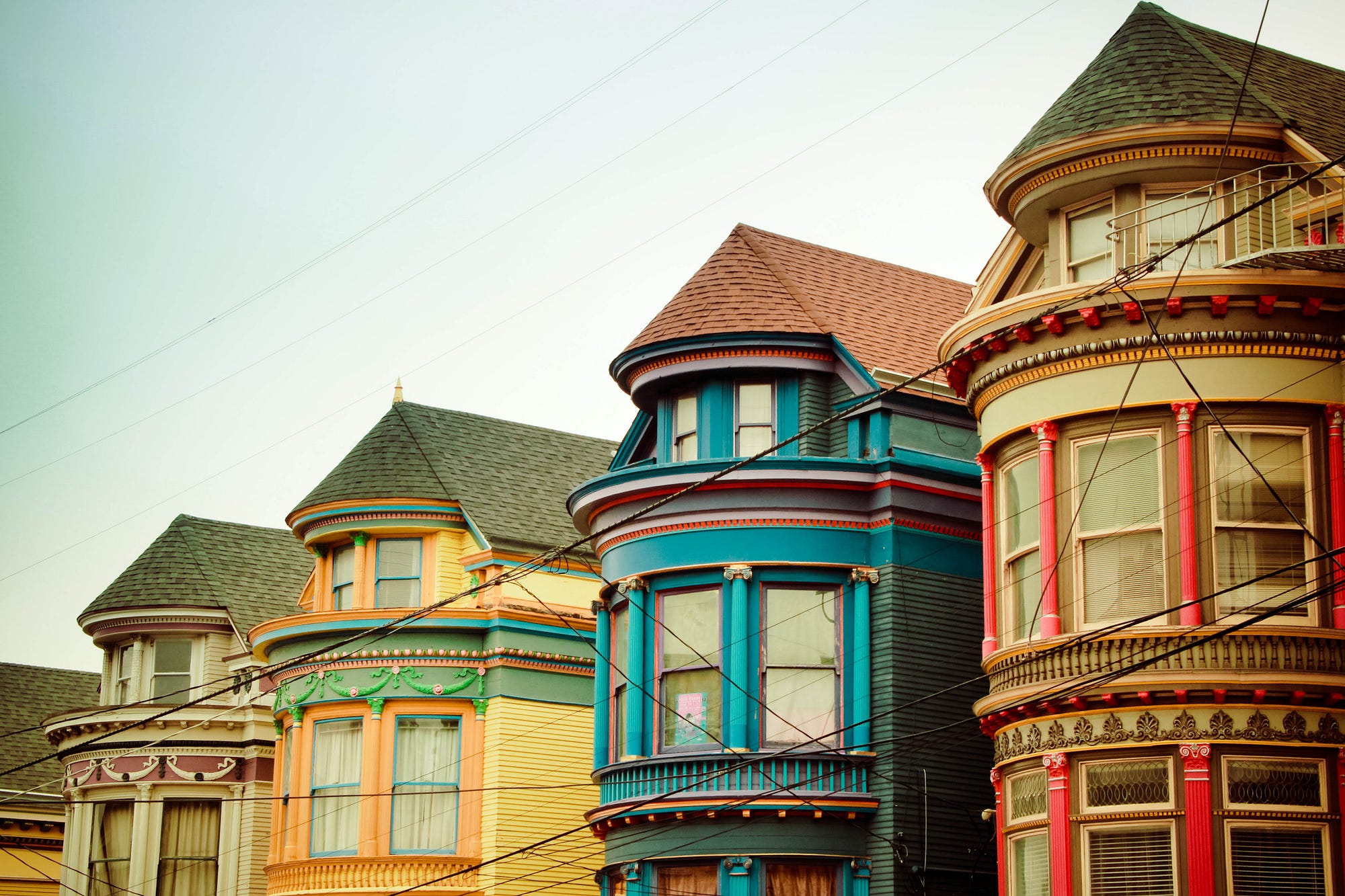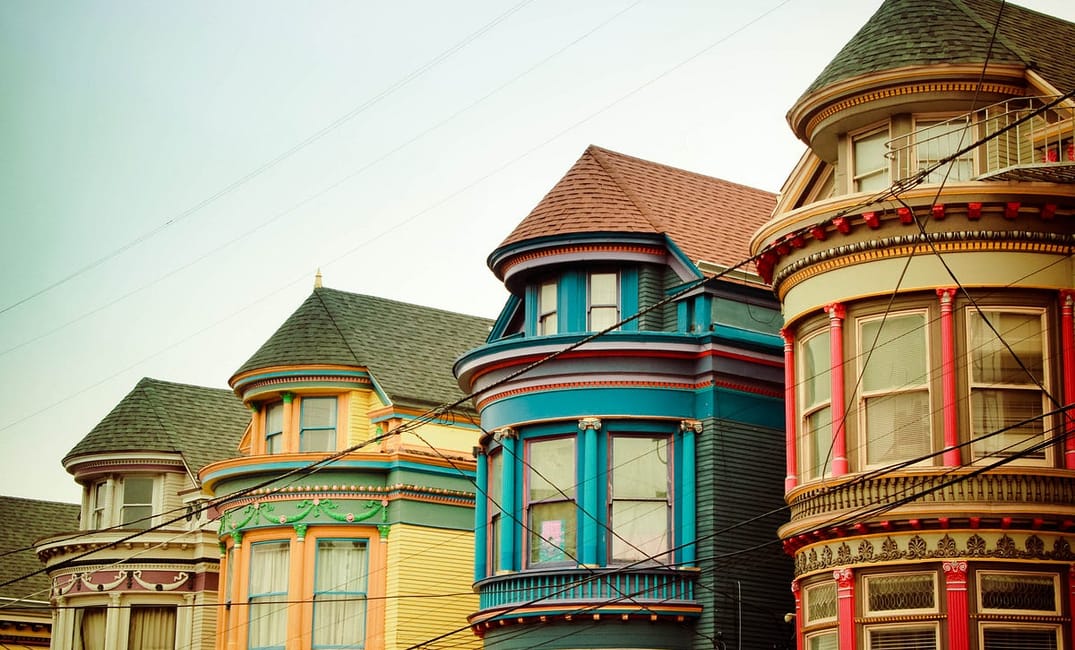
I always thought that adulthood involved a familiar path of successive life decisions through which everyone went: 1) get a job; 2) rent from a shitty landlord who takes your security deposit; 3) rent from a slightly less shitty landlord who takes only half of your security deposit; 4) get fed up and buy a home; 5) retire; 6) move to an old folk’s home, 7) Game Over. That was that.
But while living in the Bay Area, I’ve started to question these steps. In particular, #4: buy a home. This milestone was a mainstay in American middle-class life for the past 80 years. And as my 20s wind into my 30s, I’ve started to severely doubt whether this step will be possible for me — or my peers — at all.
I wanted to know how severe things were, and specifically why younger Millennials who are not working in tech may not ever own a home. So I talked to Constantine Valhouli, who works at the real-estate-analytics firm NeighborhoodX, and asked him to explain in real, non-financial-talk English, what we should expect as we gaze longingly at those window-pane photos of granite countertops and bay windows.
TBI: Tell it to me straight, doc. Will working stiffs like us ever be able to buy a home in San Francisco? (Full disclosure: I made $38,000 last year).
Constantine
: Quick answer: probably not, unfortunately. Longer answer: there’s a story going around this week about the white-collar Palo Alto couple — an attorney who was a housing planner for the city and a software engineer — who can’t afford to live in Palo Alto on their combined incomes. That’s a new benchmark for the city. We’ve been hearing many stories about teachers priced out of the areas in which they teach, but this is an inflection point, when the city’s success as a wealth-creation engine (and everything about that phrase is so potentially loaded, I know) is pricing out the very people that it is meant to attract and retain.
TBI
: Interesting, so it’s not just me; it’s wealthier professionals too. So, then, how terrible is the San Francisco real estate market? It wasn’t that long ago that there were rumblings that price-wise, we’d even surpassed the mythical benchmark of real estate — New York City. Is this true?
Constantine: I’m going to go deep-data nerd for a second here. The answer depends on the metric you’re using to measure real estate prices. (I feel like that kid in The Matrix who says, “There is no spoon.”) When we compare the cities using median sales price, some reports suggest that San Francisco is more expensive than New York City. But when you compare them using price per square foot, NYC is more expensive than SF.
So is SF really more expensive than NYC? Not necessarily — it depends on so many assumptions. Are we comparing the whole city to the whole city, or just the destination neighborhoods that get the most attention? If we compare SF to all of NYC, then it’s more expensive. But if we compare it to just Manhattan, then SF is less expensive.
For example, according to a 2015 report from PropertyShark, in spring 2015 the median sale price in SF reached $1.2 million. According to data from appraisal firm Miller Samuel, the median sales price for all five boroughs in NYC in spring 2015 was $560,000, so SF is more expensive than NYC overall. But if we just consider Manhattan, the median selling price for two-bedroom apartments is $1.7 million and jumps to $3.7 million for three-bedroom units, so Manhattan is considerably more expensive than SF overall.
TBI: OK, so you’re saying that in Manhattan, people pay more for less space? Those renowned shoebox apartments.
Constantine: They may be shoeboxes, but they’re really fancy shoeboxes.
To put it in perspective: the median selling price in Sea Cliff is $2.95 million, according to Paragon Real Estate. Meanwhile, the median three-bedroom apartment in the Upper East Side sold for $2.75 million in the first quarter of this year, according to Miller Samuel. From the listings: that same amount buys you a 2,160-square-foot house in Sea Cliff (at $1,014 per square foot) or a 1,600-square-foot apartment in the Upper East (at $1,313 per square foot).
TBI: OK, so we have room to spread out a little more. But here’s another question: can we say for any certainty that this will last? Are we in a bubble?
Constantine
: The best that we can do with most of our analytics is to point to stuff after the fact and identify correlations, but often not causation. But I’m full of coffee and data this morning, so I could really go on about that question.
The quick answer: real estate prices are driven by many factors. The considerable (and well-funded) demand chasing a limited supply of properties is definitely driving property prices higher. And real estate prices also reflect the expectation of future income streams. So it is definitely possible for prices to go higher if the underlying employment in tech and biotech remains strong.
TBI
: Something we hear about a lot is how foreign investors are buying real estate in expensive cities, seeing it as an investment. Is this true?
Constantine
: It’s interesting to see whether they’re buying existing investment properties (apartment buildings), trophy properties (yawn) or development sites. The former seems like a comparative safe haven for money, especially compared to many investors’ countries of origin. Particularly with international accounting regulations being a bit fuzzy or the countries with dodgy histories of land registry and recorded deeds. Trophy properties are a different story, with the top-end market seeing softness in NYC and London during the past few quarters. And development sites are interesting — land prices and air rights tend to have the most volatility to real estate cycles, falling or rising the most in price.
TBI: There are articles like this one that crop up periodically about Chinese investment in homes in the United States. How much does this affect us as renters? Will we ever reach a point where no one in the United States can actually buy a home and all real estate is foreign owned?
Constantine: This sounds like a really specific kind of dystopian future, like if Margaret Atwood teamed up with the Urban Land Institute. As frustrating as it is for everyone — not just residents, but businesses and companies — to be priced out of their familiar neighborhoods, I think that rising prices force us to consider alternative locations and drive their transformation into interesting places. That said, I think we’re in the 10th inning of this real estate cycle. If you consider some recent market signals, it’s probably going to hit the fan soon.
TBI: Lastly, I was wondering about Proposition 13. We hear a lot about how it’s messed up taxation and hurt public schools by decimating the tax base. What would happen to renters if Prop 13 were suddenly repealed? Would rents go down or up?
Constantine: Oh, this is a nuanced question. I don’t know if I can do it justice in a bite-size answer. On the one hand, Prop 13 has contributed to neighborhood stability by allowing those on fixed incomes to be able to remain in their homes, even as property values have skyrocketed. On the other hand, when properties change hands, it resets the valuation for tax purposes. Given the rate of change in the Bay area, I wonder how many years it will be before a critical mass of properties are in line with fairly current market values.
In terms of whether Prop 13 has affected public schools, my instinct is that charter schools may be siphoning off more resources from public schools than Prop 13. And if Prop 13 were suddenly repealed, and property taxes were raised considerably, these would be passed on in the form of even higher rents.
Constantine Valhouli is the cofounder of NeighborhoodX, a real estate research and analytics firm. You can follow him on Twitter at @c_valhouli.








